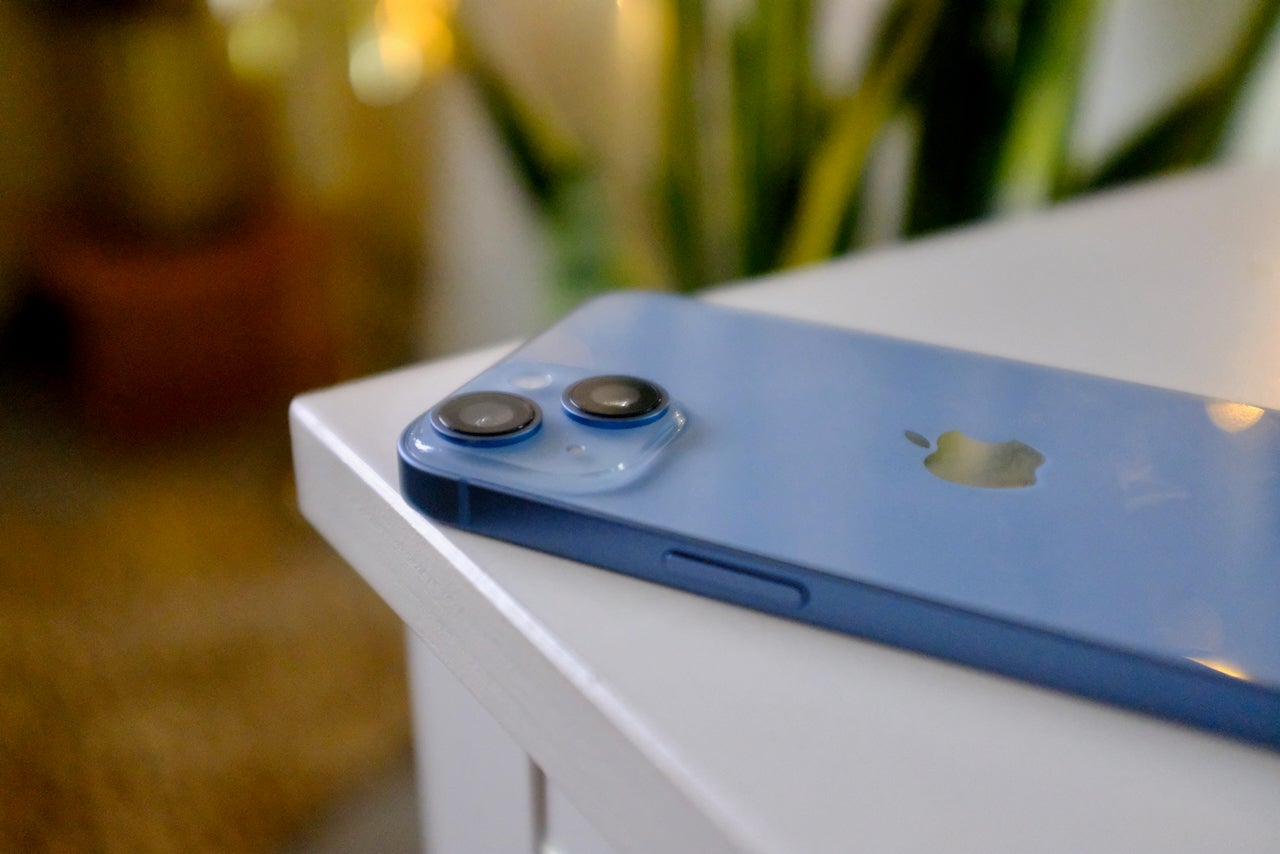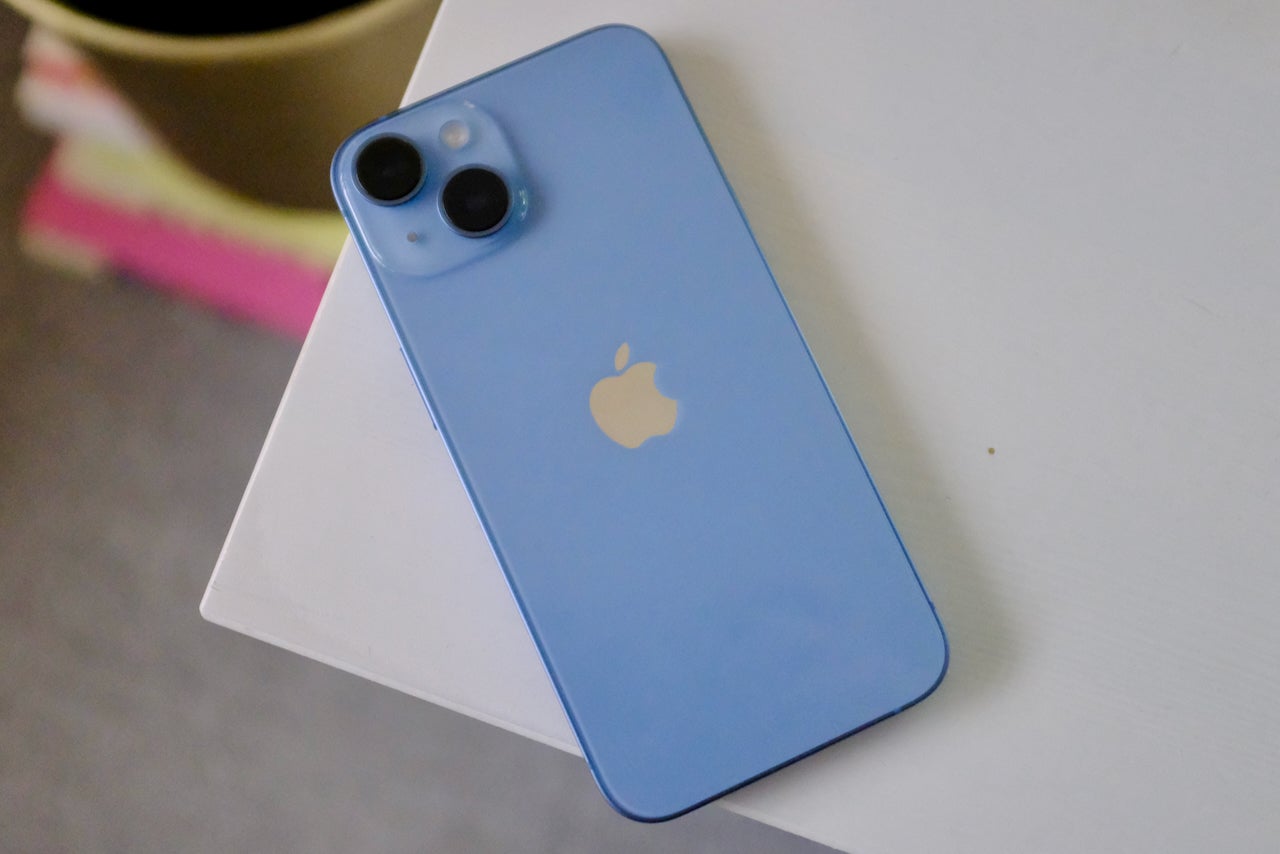Apple has just announced the long-awaited iPhone 16, but how does it compare to the iPhone 14?
It’s been two years since Apple first unveiled the iPhone 14 in September 2022, but it still remains a fantastic device. The question is, is it time to upgrade or should you save your money and stick with the iPhone 14 for another year?
Keep reading to discover all of the biggest differences between the iPhone 14 and the brand-new iPhone 16.
Price
The iPhone 16 was announced on September 9 2024. Prices start at $799/£799 when paired with the base 128GB of storage.
The iPhone 14 launched in September 2022 with prices starting at $799/£849/€999 for the 128GB model. Two years on, you can find the phone for less through Apple, as well as through third parties and on contract.
Amazon, for example, currently has the iPhone 14 listed for as low as £599.
The iPhone 16 includes the new Camera Control button
The iPhone 16 is two years ahead of the iPhone 14 in terms of development and this is particularly noticeable in the design.
Firstly, the iPhone 16 features both the customisable Action Button and the Camera Control button that functions as both a more intuitive way to snap photos and a shortcut to the iPhone 16-exclusive Visual Intelligence tool.


The display, meanwhile, is brighter at 2000 nits compared to the iPhone 14’s 1200 nits of brightness. It also sports the interactive Dynamic Island whereas the iPhone 14 has the older notch design at the top of the display.
iPhone 16 boasts a larger 48MP camera
Apple opted to return to a vertically stacked camera module on the iPhone 16, with the phone featuring the same 48-megapixel main camera that gained attention on last year’s iPhone 15.
This main camera also supports 2x optical zoom and is paired with a 12-megapixel ultra-wide angle camera.


The iPhone 14 also features a 12-megapixel ultra-wide angle camera. However, this is paired with a 12-megapixel main camera that is unable to achieve quite the same super-high-resolution stills as the iPhone 16 and doesn’t offer 2x optical zoom.
iPhone 16 packs a more advanced chipset
The iPhone 16 is powered by Apple’s new A18 chipset, which includes a 6-core CPU, 5-core GPU and 16-core Neural Engine built to support Apple’s incoming Apple Intelligence AI software features.
The A15 Bionic chipset found in the iPhone 14 also features a 6-core CPU, 5-core GPU and 16-core Neural Engine. However, the iPhone 14 is not capable of the processing power required to handle Apple Intelligence.


This means you won’t be able to access the systemwide Writing Tools, phone call summaries, notification summaries, Image Playground and Genmoji image generations or ChatGPT-backed Siri all coming with iOS 18.
iPhone 16 charges via USB-C
Finally, the iPhone 16 offers a slightly longer battery life, delivering 22 hours of video playback compared to the 20 hours offered by the iPhone 14. That said, we haven’t tested the battery ourselves yet, so you’ll want to hold on a bit longer to learn how the two iPhone batteries compare in our experience.


The iPhone 16 also charges via USB-C, whereas the iPhone 14 is stuck with the dated Lightning port. This makes it trickier to use the same cable for multiple devices when you’re on the go.
Both models support the MagSafe, Qi2 and Qi wireless charging standards.
Early verdict
There are only two years between the iPhone 14 and the iPhone 16 but that doesn’t mean Apple hasn’t made some major changes in that time.
While there are plenty of design changes from the Dynamic Island and brighter display to the Camera Control button and USB-C charging port, the biggest difference is likely to be felt when interacting with Apple Intelligence which won’t be supported on the older iPhone 14.




